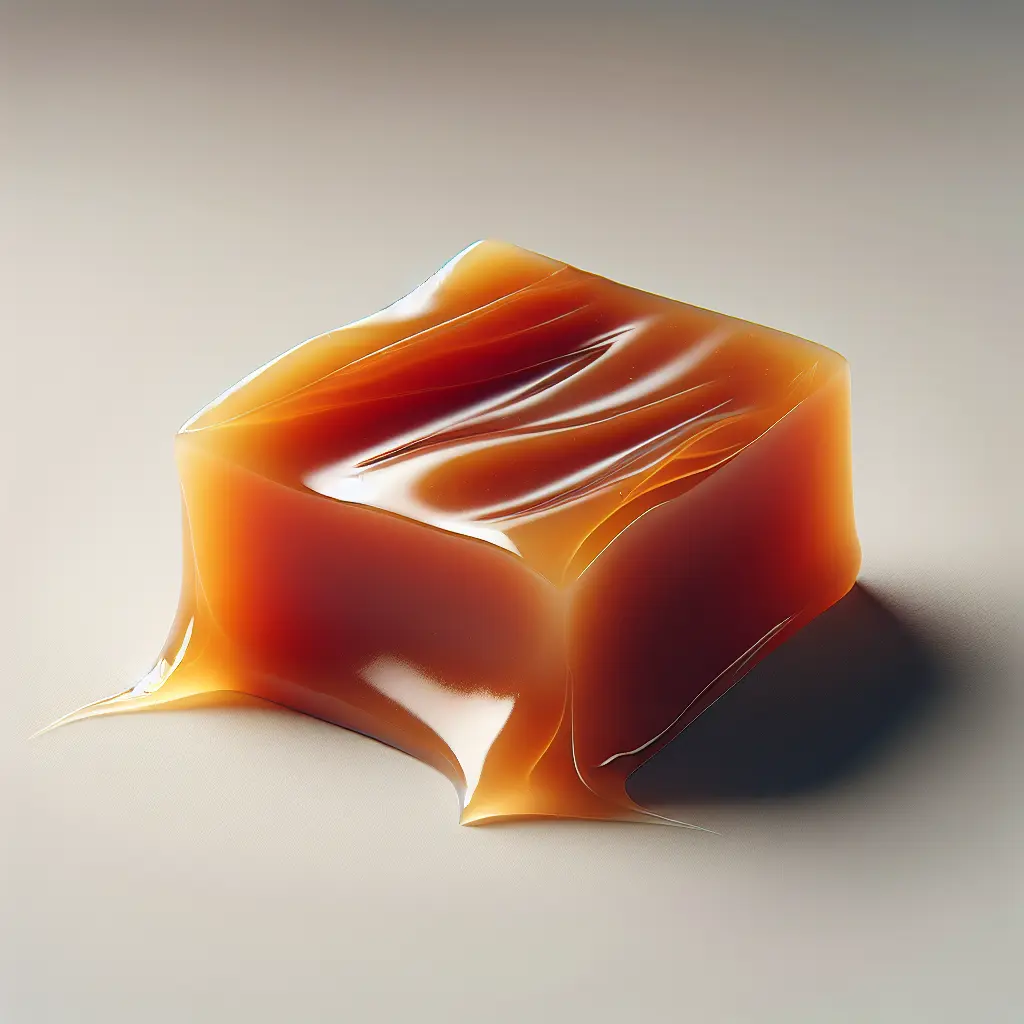History of Caramel
Caramel has been around for centuries, with its origins dating back to the Middle East. The first caramels were made by boiling sugar and water until it turned a deep amber color. This thick, sticky substance was then used as a sweetener and flavoring agent. Over time, caramel spread to Europe and the Americas, where it became a popular ingredient in desserts.
Nutritional Value of Caramel
One piece of caramel contains approximately:
- Calories: 39
- Protein: 0.5 grams
- Fat: 0.8 grams
- Carbohydrates: 7.8 grams
- Fiber: 0 grams
- Sugar: 6.6 grams
As you can see, caramel is a high-calorie food that is also high in sugar. However, it does contain some protein and fat. Caramel is also a good source of energy, providing 39 calories per piece.
Uses of Caramel
Caramel is a versatile ingredient that can be used in a variety of desserts. Some of the most popular uses of caramel include:
- Sauce: Caramel sauce can be used to top cakes, pies, ice cream, and other desserts. It can also be used as a filling for pastries and crepes.
- Candy: Caramel candy is a popular treat that is made by boiling sugar and water until it caramelizes. Caramel candy can be eaten on its own or used as an ingredient in other desserts.
- Flavoring: Caramel flavoring can be added to coffee, tea, and other beverages. It can also be used in baking to add a sweet and rich flavor to cakes, cookies, and other desserts.
Caramel is a delicious and versatile ingredient that can be used to add flavor and sweetness to a variety of desserts. Whether you are using it as a sauce, candy, or flavoring, caramel is sure to please your taste buds.
How many calories are in Carmel?
Each 1 piece of Carmel contains 39 calories.
Carmel Nutritional Information
| Nutrient | Amount per 1 piece (10g) |
|---|---|
| Calories | 39 Calories |
| Protein | 0.5g |
| Fat | 0.8g |
| Saturated Fat | 0.3g |
| Cholesterol | 0.0007mg |
| Carbohydrates | 7.8g |
| Dietary Fiber | 0g |
| Sugar | 6.6g |
| Sodium | 0.025mg |
| Potassium | 0.0216mg |
| Calcium | 0.014mg |
| Iron | 0mg |
